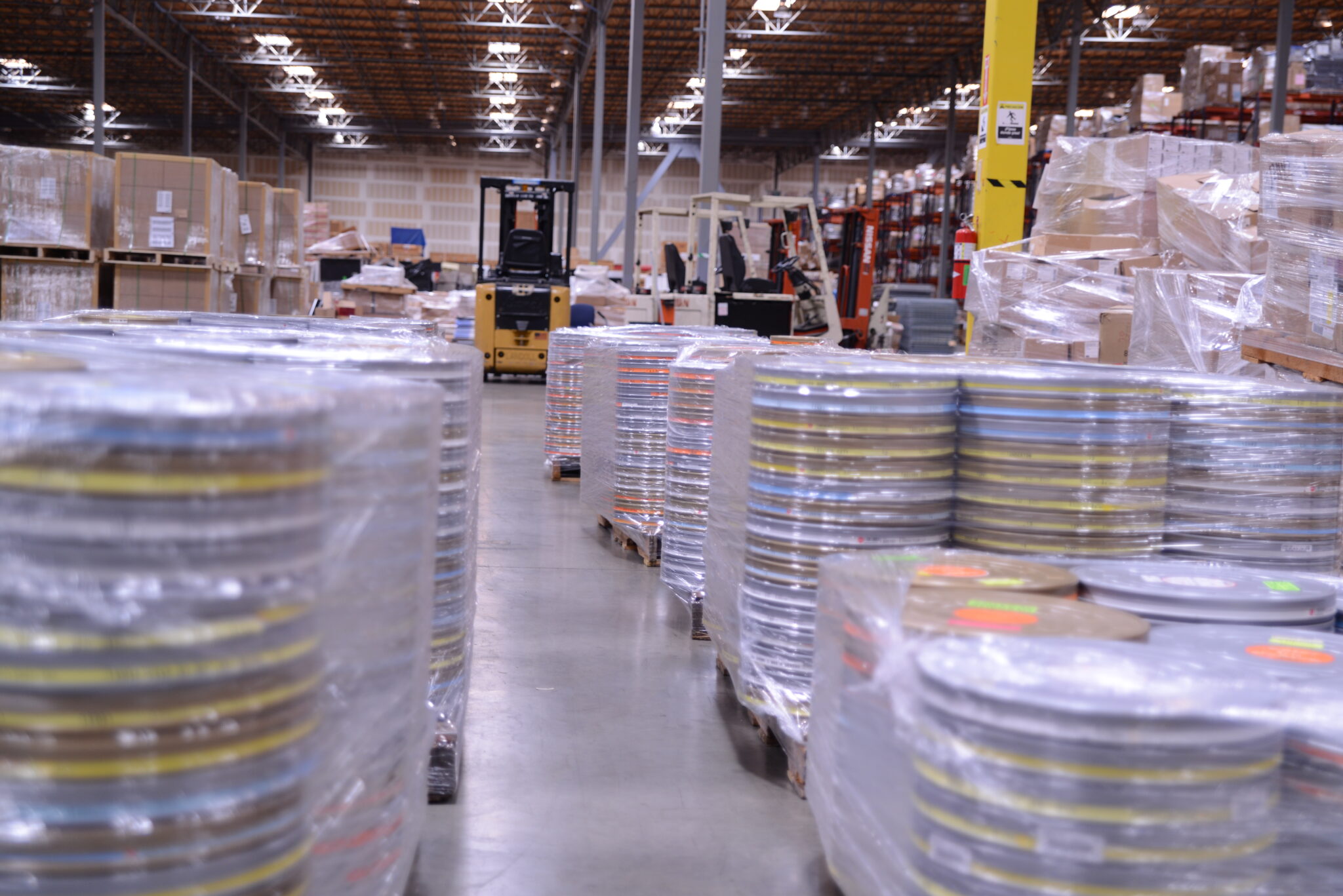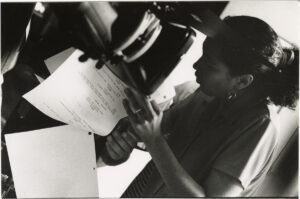Film elements held at the Deluxe warehouse in March of 2015. Photo by Luis Silva
By Archives team
Because we have endless information and media at our fingertips, it’s easy to assume that films deemed culturally important or relevant are all somehow saved and accessible. But this is not the case. More and more cinematic works of art are lost over the years, whether due to the closure of various photochemical labs and film storage facilities — including DuArt, Deluxe, and now Technicolor — or films getting damaged by exposure to the elements like flooding and extreme heat.
Independent films are often at greater risk of being lost or damaged than larger-budget major studio productions because of changing ownership, poor storage, closing labs, or neglect. As a result, quality elements and prints can become difficult or impossible to find, even for films made as recently as a few years ago. As archivists, we have a responsibility to do our utmost to preserve this at-risk media so that it has the potential to be seen by future generations.
In honor of Preservation Week, our team wants to give you a glimpse into the incredible and tireless efforts of countless organizations to help save film history.
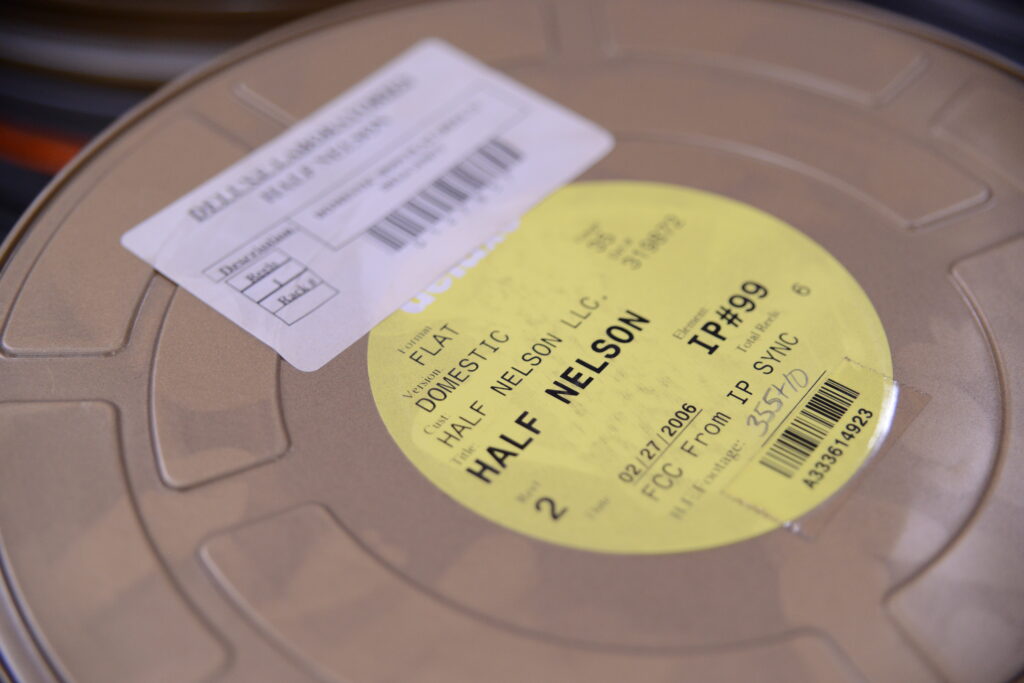
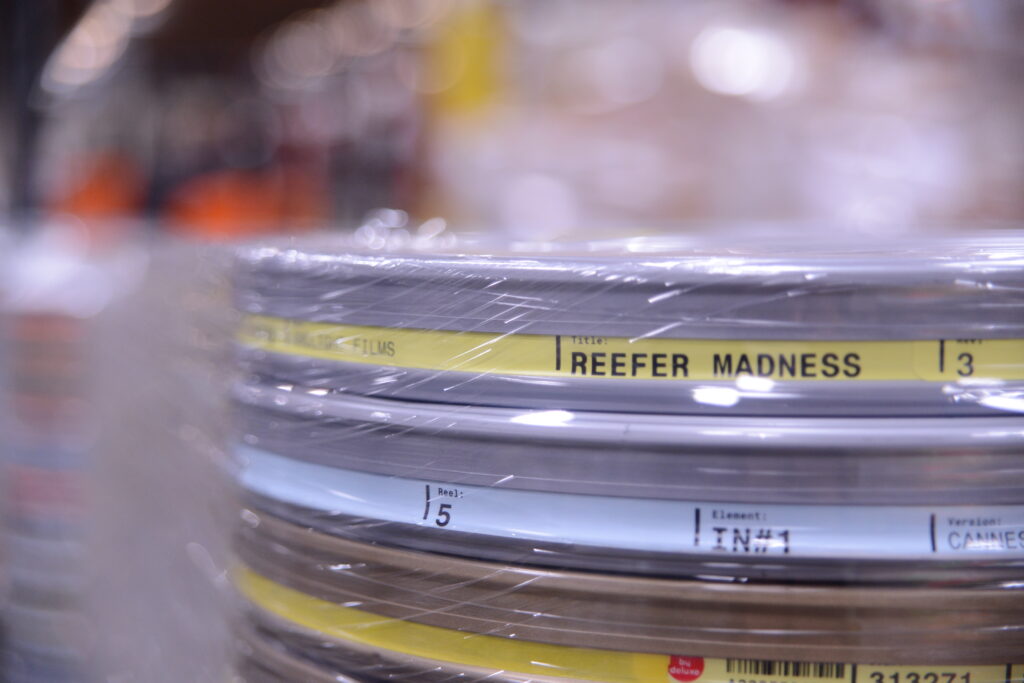
Film canisters held at the Deluxe warehouse in 2015. Photo by Luis Silva
In 2014, the famed Deluxe Film Labs announced they were closing their doors, leaving thousands of films potentially orphaned and in jeopardy of disappearing altogether. At one point, Deluxe housed 150,000 film assets in its 260,000 square foot warehouse. Sundance Institute, alongside longtime Collection partner UCLA Film & Television Archive, joined the Academy of Motion Picture Arts and Sciences, major film studios, and many other film organizations to help identify and relocate over 100,000 film elements. Over 150 films (1,700 elements) were moved to the Sundance Institute Collection at UCLA Film & Television Archive. Without this collaboration, the works of many filmmakers may have gone missing or been destroyed completely.
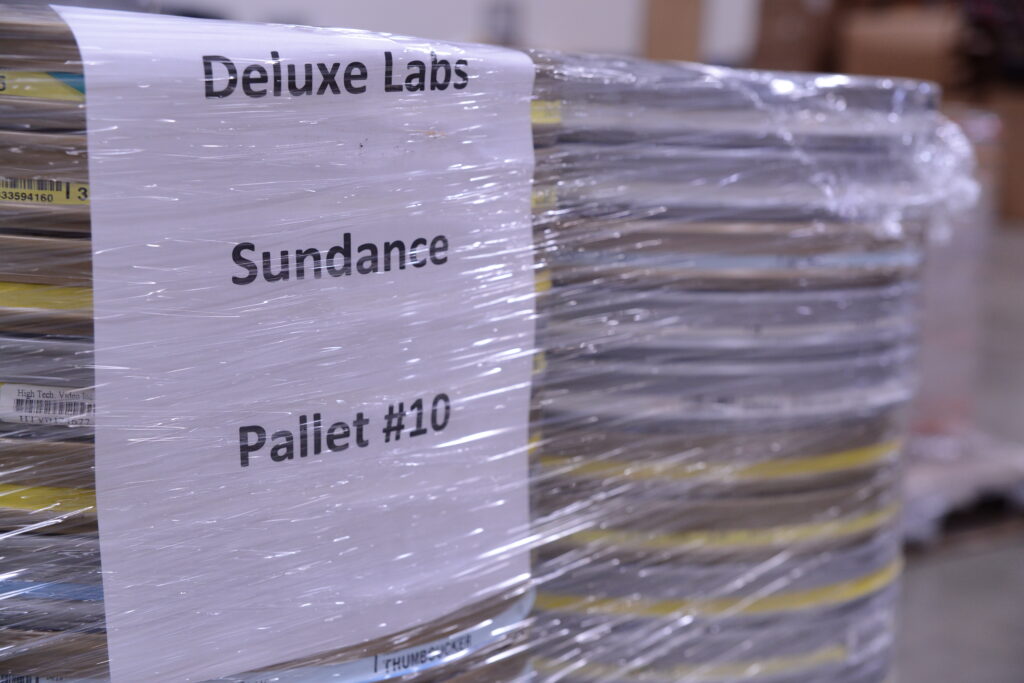
Film elements held at the Deluxe warehouse in 2015. Photo by Luis Silva
Former Institute content producer Luis Silva made the trek to the Deluxe Labs storage facility to document the packing of the elements. In his travelogue, he stressed the vulnerability of the media: “I realized how fragile these film elements really are. They’re just pieces of celluloid created in a chemical process, a process that breaks down easily without care and attention. Film strips shrink. Color fades. Optical audio tracks get scratched and warped. These prints, negatives, and other materials are kept ‘safe’ in metal tins that are only millimeters thick.” The ephemeral nature of the elements requires us archivists to pay close attention to how and where they are housed, as their future is not guaranteed.
The threat posed by film lab closures continues today, as Technicolor shut down in late February and the film elements housed there are in flux. The UCLA Film & Television Archive is currently in touch with the assignee of the elements, helping to ensure that former Technicolor clients can secure their materials so that they can find a new home for them.
For filmmakers that have been supported by Sundance Institute through the Festival, labs, or grants over the years and have elements stored at Technicolor, the Film & Television Archive highly suggests completing this survey to help with the process as the situation surrounding the future of the media becomes clearer. Any additional questions can be directed to movies@cinema.ucla.edu with the subject heading TECHNICOLOR and the filmmaker’s name or company.
More than anything, the work we do to preserve the media created by filmmakers who have gone through our artist programs or who have had their films screened at the Sundance Film Festival helps to maintain their storytelling legacy, as well as the legacy of Sundance Institute. As Silva concludes within his travelogue, “These objects and the content within are our history. They’re Sundance [Institute] history on a micro-level, but they’re valuable to everyone. They’re context, they’re stories that may have only been told once, and they’re worth our time and care.”





